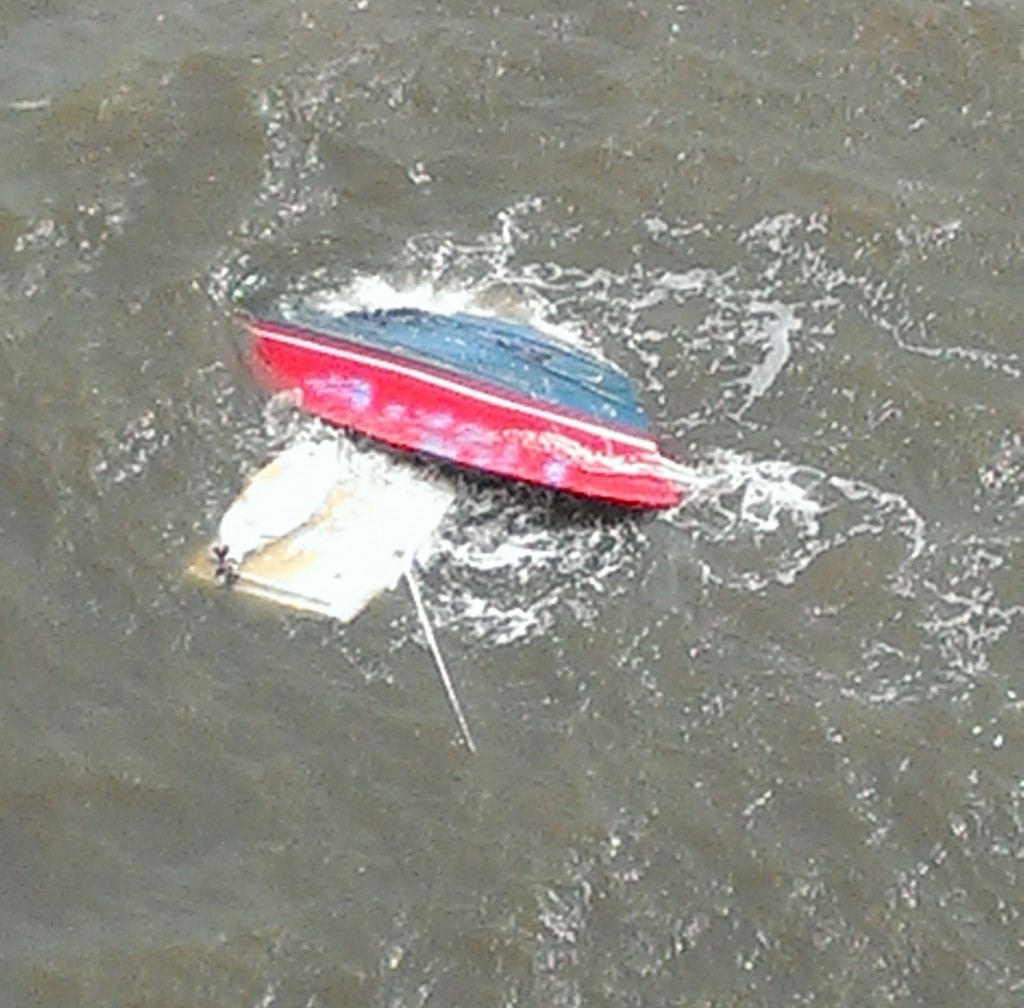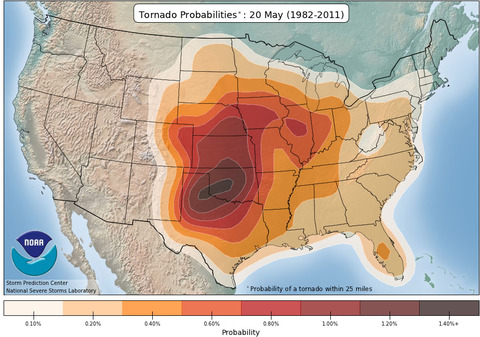Yes, I know I have written about this before, perhaps more than once. But it really bugs the hell out of me! It has happened again today and, as is the case in many times, the subject of my consternation it is under tragic circumstances.
I speak of the long-time police and news media practice of giving the public a description of someone that could fit probably 40 percent of people on earth. I just use 40 percent as a figure thrown out there. I have no idea the number. This time the sketchy descriptions are for two “persons of interest” in a murder not too far from where I live in Beaumont, Texas. By the way, “persons of interest?” Cop jargon expanded into three whole words. Here is what police say the “persons” looked like:
“They are both black males,” said the Beaumont Police Department press release. ” One is described as tall and thin with short dread-locks wearing white shorts. The second is described as large and stocky with no other description. They may have left the motel in a gold colored four-door vehicle.”

Police said a 27-year-old Monroe, La., woman was shot at a Knights Inn motel and later died at Christus St. Elizabeth Hospital. The motel is off Interstate 10 near Walden Road and near the Petro truck stop center. The particular area is populated with a number of hotels and restaurants as well as the Tinseltown theater. It isn’t what I would call a high crime area. Sgt. Rob Flores, the Beaumont police spokesman, said robbery was an apparent motive which led to a disturbance in one of the rooms. A man in the room was also treated at St. Elizabeth for a gunshot to the neck and is in good condition, KFDM6 in Beaumont reported just a minute or two ago.
Channel 6 and at least two other local TV stations — 12News and Fox4 — ran with the skimpy description. Since the story was picked up on the Associated Press wire there is no telling how many papers, Websites and TV stations will run the story as well as the embarrassingly short description. That all depends on space, as Captain Kirk might say.
Let’s take a close look at the description;
- They are both black males. Some 47 percent of Beaumont’s population is black. About 48 percent of the men in Beaumont are black. This is according to the U.S. Census, by the way.
- One is described as tall and thin with short dreadlocks wearing white shorts. I don’t have my hands on any statistics as to how many black men are tall and how many are thin. Likewise with those wearing short dreadlocks. It used to be the only people who wore dreadlocks were the Jamaican Rastafarians. Now people of all types, both black, white, men or women, sport them. As for white shorts? Get the hell out of here!
- The second is described as large and stocky with no other description. Poor guy. He has no other description. No wonder he (allegedly) turned to a life of crime.
- They may have left the motel in a gold colored four-door vehicle. Or they may have left in a blue pickup with two doors. Or perhaps they fled on horses.
Come on! I know this is no joking matter but, even though I may have engaged in incomplete descriptions I received from police in my cop reporting days, I still found it ridiculous. I mean, what are the chances that come tomorrow, the tall, thin guy will be sitting in the cafe reading the paper about this senseless homicide while still dressed in those white shorts?:
Beaumont police just released and KFDM6 reported, the name of the victim and where she was from. That is also pertinent information. The police and Channel 6 Website both pointed out that the slain woman’s autopsy will be performed tomorrow at 1 p.m. That is helpful information for the media, not that reporters and photographers will view the postmortem examination, but to give them a sense of time as to when preliminary results might become available. I give the police an “A” for that. But is it really news for media to report and for most people to consume?



